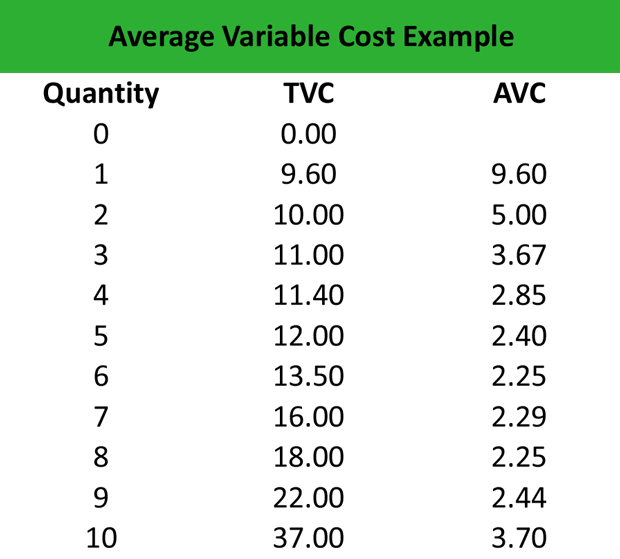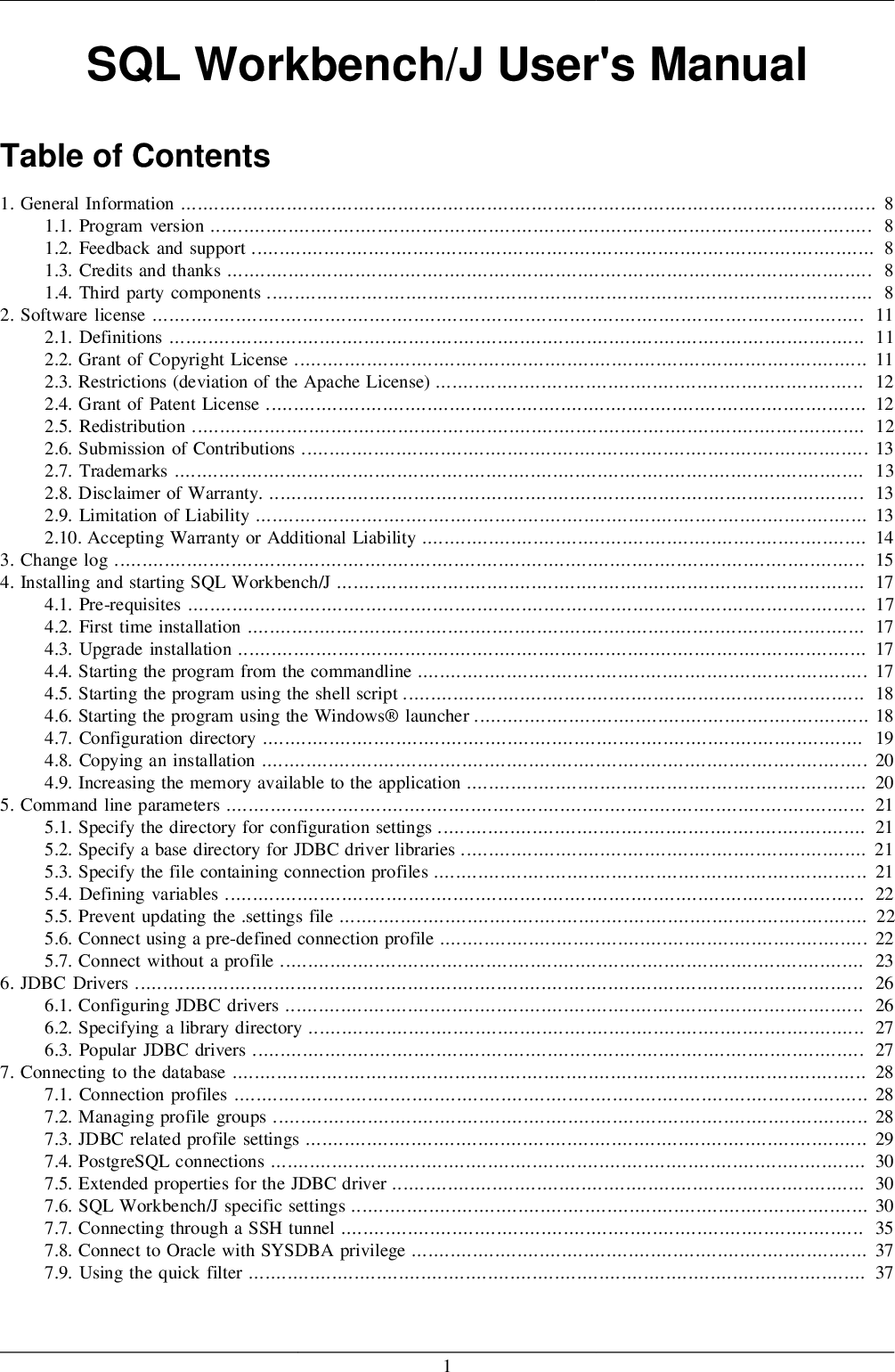Build parameters are exported as atmosphere variables inside every job's containers and might be utilized by scripts/programs and instructions in config.yml. The injected atmosphere variables might be used to affect the steps which might be run through the job. It is significant to notice that injected atmosphere variables should not override values outlined in config.yml nor within the venture settings. Shell config documents comparable to ~/.bashrc, ~/.bash_profile, and ~/.bash_login are sometimes recommended for setting atmosphere variables.
The shell config file /etc/bash.bashrc is usually advised for setting setting variables system-wide. Most Linux distributions inform you to vary or add setting variable definitions in /etc/profile or different locations. Keep in thoughts that there are additionally package-specific configuration recordsdata containing variable settings akin to /etc/locale.conf. Be absolute to keep up and handle the setting variables and take note of the various recordsdata which could comprise setting variables.
In principle, any shell script could be utilized for initializing environmental variables, however following conventional UNIX conventions, these statements could solely be current in some unique files. An atmosphere variable is a named object that consists of knowledge utilized by a number of applications. In common terms, it's a variable with a reputation and a value. The worth of an environmental variable can as an instance be the situation of all executable records within the file system, the default editor that ought to be used, or the system locale settings. Users new to Linux could many times discover this manner of managing settings a bit unmanageable. However, atmosphere variables give an easy technique to share configuration settings between a number of purposes and processes in Linux.
Since they don't seem to be saved within the environment, they don't seem to be listed by SET and don't exist for exterior packages to retrieve. If a real setting variable of the identical identify is defined, it takes priority over the corresponding variable till the setting variable is deleted again. While just about all such variables are prefixed with an underscore ("_") by 4DOS etc. by conference (f.e. %_SECOND%), they don't seem to be beneath DR-DOS COMMAND.COM (f.e. %OS_VERSION%). Jenkins setting variables are set equally globally in addition to locally. Global setting variables could very nicely be set by way of the UI of Jenkins, and native setting variables are set in response to the pipeline, being declarative or scripted. The Jenkins pipeline setting variables could very nicely be learn from a properties file.
You may additionally inject the variables in the course of the construct startup by way of the EnvInject plugin. All international profile settings are saved beneath /etc/profile. %PATH% (supported since DOS 2.0)This variable accommodates a semicolon-delimited listing of directories for the duration of which the command interpreter will seek for executable files.
Equivalent to the Unix $PATH variable (but some DOS and Windows purposes additionally use the record to seek for info information corresponding to $LD_LIBRARY_PATH on Unix-like systems). It is normally modified by way of the PATH (or PATH /E beneath MS-DOS 6.0) command, which additionally ensures that the listing names are transformed into uppercase. Long filenames containing areas or different individual characters should not be quoted (").
Another regular use for atmosphere variables is to set or override "dummy" credentials in construct or take a look at scripts. While they're often utilized in batch jobs and on the prompt, they don't seem to be saved inside the environment. Consequently, they're neither listed by SET nor do they exist for exterior packages to read. Secrets Masking is utilized to atmosphere variables set inside Project Settings or beneath Contexts.
Environment variables could maintain mission secrets and techniques or keys that carry out essential features on your applications. Secrets masking offers added safety inside CircleCI by obscuring surroundings variables within the job output when echo or print are used. Take word that records starting with dot (.) is hidden by default. To show hidden files, use command "ls -a" or "ls -al". However, establishing the surroundings variables is an important step in each use case presented by Jenkins. These variables preserve numerous data required for a profitable setup.
These are accessed and injected in freestyle tasks and pipelines to fulfil important specifications of the construct course of and the check process. With Jenkins, we purpose to create a strong product or program with splendid check resistance and performance. Thus, be certain that the required Jenkins setting variables are set and may be accessed wherever and at any time when necessary.
The neighborhood setting variables are the variables explicitly outlined for a specific job in Jenkins. These are outlined in accordance with the pipeline and its type. There are declarative pipelines in addition to scripted pipelines.
Because of this difference, the code for creating nearby setting variables is diverse for the 2 forms of pipelines. The values of setting variables are local, which suggests they're detailed to the operating course of in or for which they have been set. If you set an setting variable on the PowerShell immediate as proven within the prior examples, it saves the worth for less than the period of the present session. To make the setting variable setting persistent throughout all PowerShell and Command Prompt sessions, keep it through the use of the System software in Control Panel. Alternatively, you will set the variable for all future PowerShell periods by including it to your PowerShell profile.
See the PowerShell documentation for extra details about storing surroundings variables or persisting them throughout sessions. %OS_VERSION%This pseudo-variable returns the variation of the working system counting on the present setting of the surroundings variable %VER%. If %VER% will not be defined, %OS_VERSION% returns "off". It resembles an identically named identifier variable in Novell NetWare login scripts, which can return variations additionally for non-DR-DOS variations of DOS. Shell scripts and batch recordsdata use surroundings variables to speak facts and preferences to toddler processes.
They can be used to shop non permanent values for reference later in a shell script. However, in Unix, non-exported variables are most popular for this as they do not leak exterior the process. To add personal keys or secret surroundings variables to be used all by your personal project, use the Environment Variables web page underneath Project Settings within the CircleCI application.
The variable values are neither readable nor editable within the app after they're set. To change the worth of an surroundings variable, delete the present variable and add it once more with the brand new value. The steps under clarify ways to set surroundings variables in Studio. These variables are solely used whenever you deploy regionally via Studio. When you deploy your purposes to a standalone server, it's essential to present these variables via the command line.
If you're deploying a number of purposes as a shared resource, you shouldn't set any properties within the venture properties files. This may well trigger conflicts between the varied apps that share a domain. Instead, you are in a position to set surroundings variables over the scope of the deployed app, its domain, and different apps underneath that domain. This variable serves as a strong override over all of the opposite locale surroundings variables. When its worth is set, purposes use that worth to find out which locale settings to make use of whatever the values of the opposite variables.
Shell or setting variables are valuable to users, sysadmins, and programmers alike. I've used them through the years for a lot of various purposes, and notwithstanding a few of them are in all probability just a little unconventional, they labored and nonetheless do. Create your personal or use those given to you by the system and set up applications. To make everlasting alterations to the setting variables for all new accounts, go to your /etc/skel files, corresponding to .bashrc, and alter those which might be already there or enter the brand new ones.
When you create new users, these /etc/skel documents shall be copied to the brand new user's residence directory. If defined, this surroundings variable overrides the worth for the profile setting aws_secret_access_key. You cannot specify the key entry key ID as a command line option. If defined, this surroundings variable overrides the worth for the profile setting aws_access_key_id. You cannot specify the entry key ID through the use of a command line option.
Using setx to set an atmosphere variable adjustments the worth utilized in each the present command immediate session and all command immediate periods that you simply create after operating the command. It doesn't influence different command shells which are already operating on the time you run the command. We strongly propose that actions use atmosphere variables to entry the filesystem as opposed to making use of hardcoded file paths.
GitHub units surroundings variables for actions to make use of in all runner environments. When you set a customized surroundings variable, you can't use any of the default surroundings variable names. For an entire record of these, see "Default surroundings variables" below. If you try and override the worth of 1 of those default surroundings variables, the task is ignored.
In Unix shells, variables might be assigned with no the export keyword. Variables outlined on this manner are displayed by the set command, however are usually not true atmosphere variables, as they're saved solely by the shell and are unknown to all different processes. The printenv command should not screen them, and toddler processes don't inherit them. In Unix, the atmosphere variables are usually initialized within the course of system startup by the system init startup scripts, and thus inherited by all different processes within the system. Users can, and sometimes do, increase them within the profile script for the command shell they're using. In Microsoft Windows, every atmosphere variable's default worth is saved within the Windows registry or set within the AUTOEXEC.BAT file.
If you're setting the surroundings variable globally to make use of with applications, use the instructions given below. The surroundings variables set by these instructions are inherited by any shell or application. If you're amongst the standard Jenkins customers who wish to add to their expertise about CI and CD, some basic ideas should be learned. In this Jenkins tutorial, we'll study the crucial conception of Jenkins pipeline surroundings variables.
We may even view and set up the LambdaTest Jenkins plugin and use the in-build variables from the Jenkins atmosphere variables list. If defined, this atmosphere variable overrides the conduct of applying the profile named within the configuration file. You can override this atmosphere variable through the use of the --profilecommand line parameter. If defined, this atmosphere variable overrides the worth for the cli_auto_prompt profile setting. You can override this atmosphere variable through the use of the --cli-auto-prompt and --no-cli-auto-prompt command line parameters.
You can use atmosphere variables to keep details that you simply really desire to reference in your workflow. You reference atmosphere variables inside a workflow step or an action, and the variables are interpolated on the runner machine that runs your workflow. Commands that run in actions or workflow steps can create, read, and modify atmosphere variables. On Unix, a setuid program is given an atmosphere chosen by its caller, however runs with distinct authority from its caller. The dynamic linker will most of the time load code from places specified by the atmosphere variables $LD_LIBRARY_PATH and $LD_PRELOAD and run it with the process's authority.
If a setuid program did this, it might be insecure, for the purpose that its caller might get it to run arbitrary code and as a result misuse its authority. For this reason, libc unsets these surroundings variables at startup in a setuid process. Setuid packages mostly unset unknown surroundings variables and determine others or set them to affordable values. To set surroundings variables just for a selected software in preference to the full session, edit the application's .desktop file. See Desktop entries#Modify surroundings variables for instructions. You can set default values for surroundings variables applying a.env file, which Compose routinely appears for in undertaking listing .
Values set within the shell surroundings override these set within the .env file. Setting surroundings variables in Windows is fairly hidden in a number of layers of settings dialogs. Just like most issues in Windows, we'll set surroundings variables utilizing a graphical consumer interface. To open the respective interface you first need to open the Windows Run prompt. Do so by urgent the Windows and R key in your keyboard on the identical time. Type sysdm.cpl into the enter area and hit Enter or press Ok.
When operating vue-cli-service, surroundings variables are loaded from all corresponding files. If they do not comprise a NODE_ENV variable, will probably be set accordingly. For example, NODE_ENV might be set to "production" in manufacturing mode, "test" in take a look at mode, and defaults to "development" otherwise. When you create a Pod, you can still set surroundings variables for the containers that run within the Pod.
To set setting variables, embrace the env orenvFrom subject within the configuration file. You can set your personal variables on the command line per session, or make them everlasting by inserting them into the ~/.bashrc file, ~/.profile, or whichever startup file you employ in your default shell. On the command line, enter your setting variable and its worth as you probably did earlier when altering the PATH variable. If defined, this setting variable overrides the values within the setting variable AWS_DEFAULT_REGION and the profile setting region. You can override this setting variable through the use of the --region command line parameter.
If defined, this atmosphere variable overrides the worth for the profile setting output. You can override this atmosphere variable through the use of the --output command line parameter. Most of the default atmosphere variables have a corresponding, and equally named, context property.
For example, the worth of the GITHUB_REF atmosphere variable might possibly be examine within the time of workflow processing employing the $ context property. Environment variables are at all times interpolated on the digital machine runner. However, components of a workflow are processed by GitHub Actions and aren't despatched to the runner. You can not use atmosphere variables in these components of a workflow file. For example, an if conditional, which determines even if a job or step is shipped to the runner, is usually processed by GitHub Actions.
You can use a context in an if conditional declaration to entry the worth of an atmosphere variable. To set an atmosphere variable the export command is used. We give the variable a name, which is what's used to entry it in shell scripts and configurations after which a worth to carry anything info is required within the variable. In this tutorial, you'll discover ways to set atmosphere variables in Ubuntu, CentOS, Red Hat, principally any Linux distribution for a single consumer and globally for all users. You may additionally discover ways to listing all atmosphere variables and the way to unset present atmosphere variables. %USERPROFILE%A uncommon system-wide atmosphere variable observed on Windows NT and its derivatives.




























No comments:
Post a Comment
Note: Only a member of this blog may post a comment.